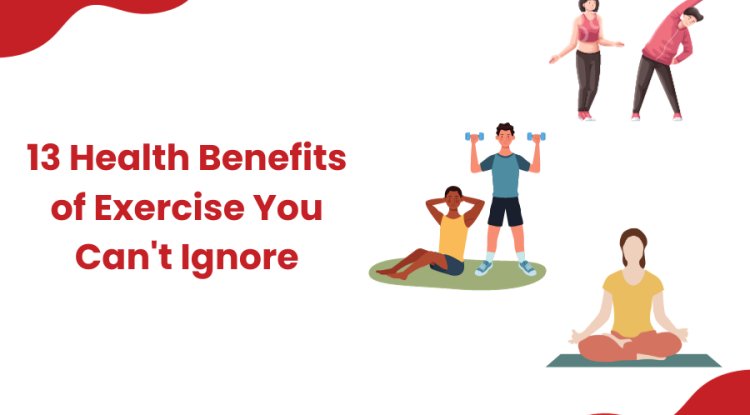Mood Control and Circadian Rhythms: The Physics of Light Therapy

Within the field of health and wellness, light therapy has shown promise in treating a range of illnesses, including mood disorders and sleep problems. The complex relationship among photons, our biological rhythms, and mood control is at the core of light therapy. Understanding the mechanics of light and how it affects the body's internal clock will help us to better appreciate how light therapy affects our health.
The Science of Light: Photons, the constituent components of light, have characteristics of both particles and waves. Shorter wavelengths appear as blue or violet and longer wavelengths as red or orange. Including everything from low-energy radio waves to high-energy gamma rays, visible light is only a tiny fraction of the electromagnetic spectrum.
Biological Rhythms and Circadian Regulation:Circadian rhythms, a sophisticated system of physiological events that repeat roughly every 24 hours, control how well our bodies are synchronized with the cycles of day and night. These rhythms are crucially synchronized by light, especially by the suprachiasmatic nucleus (SCN) in the brain, which functions as the body's master clock. Natural light during the day and darkness at night support hormone synthesis, sleep-wake cycles, and other body processes.
Impact of Light on Mood and Mental Health:Beyond its part in circadian control, light affects mood, cognition, and emotional health. Seasonal affective disorder (SAD), a kind of depression typified by poor mood, exhaustion, and changes in eating and sleep patterns, can result from a lack of exposure to natural light, especially during the darker months of the year. On the other hand, studies have demonstrated that bright light exposure—particularly in the morning—can reduce SAD symptoms and raise general mood and alertness.

The workings of light therapy: To treat a variety of health issues, light therapy—also referred to as phototherapy—involves purposeful exposure to particular wavelengths and intensities of light. Timing bright light exposure, usually in the morning, can help reset the body's internal clock and enhance sleep quality for circadian rhythm disorders such delayed sleep phase disorder or jet lag. Daily bright light treatment sessions can improve mood, boost energy, and repair general well-being in those with mood disorders such as SAD or non-seasonal depression.
Choosing the Right Light Therapy Device: Depending on your unique requirements and situation, it is crucial to choose the right light therapy device when thinking about light therapy. Considerations for light intensity, color temperature, exposure time, and safety features are many. Light boxes, dawn simulators, and light therapy glasses are a few of the several types of light treatment devices that are made to provide therapeutic light in different ways.
CONCLUSION
Important new information about the mechanisms of action and significant effects of light therapy on circadian rhythms and mood control is provided by its physics. Through the use of photons and a knowledge of how light interacts with our biological systems, light therapy can be used as a safe, non-invasive, and efficient intervention to enhance mood, quality of sleep, and general wellbeing. We reveal new routes to health and vitality in our contemporary environment as we investigate the therapeutic power of light.
What's Your Reaction?



















